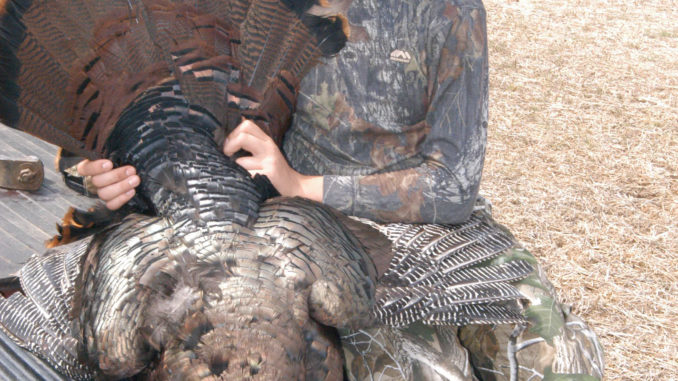
Sportsmen and caretakers of the state’s natural resources scored some major wins in the 2011 General Assembly, defeating a proposal to extend the turkey season in the Upstate and a plan to restructure the S.C. Department of Natural Resources into a cabinet agency.
The legislature was also close to approving a complete overhaul of the state’s recreational freshwater fisheries laws as the session was winding down in late May.
The Conservation Bank received a much-needed infusion of money and a long-running battle over new safety laws for youthful ATV operators finally ended with the passage of Chandler’s Law, which will require training, gear for riders 15 and younger, beginning July 1.
On May 6, the Senate added $2 million to the Conservation Bank budget for habitat protection, which could result in permanent protection for 3,500 to 4,000 acres at current costs.
On May 11, the House Wildlife Subcommittee voted, in a very close, split vote, to effectively kill H.3049, the SCDNR cabinet bill introduced by Rep. Alan Clemmons, R-Horry County.
“This bill would have eliminated the DNR Board and given its power and responsibilities to a secretary appointed by the Governor with no other oversight or approval,” said Heather Clarkson of the S.C. Camo Coalition, which opposed the bill. “This measure would have ended the close working relationship between sportsmen and DNR and had the potential to undo what sportsmen and legislative leaders have worked to establish for decades, specifically sustainable hunting and fishing opportunities and the protection and enhancement of our natural resources.”
The Camo Coalition and the National Wild Turkey Federation also opposed H. 4141, which would have opened turkey season in Game Zones 1 and 2 on March 15 instead of April 1. Biologists with the SCDNR also spoke against the bill, citing a decline in turkey populations and a tremendous increase in hunting pressure over the last 10 to 15 years.
“The bottom line is that setting the spring season is a balance between providing hunters with an opportunity to hunt and kill adult gobblers during peak gobbling without sacrificing the breeding success of hens,” said Charles Ruth, SCDNR’s Deer and Turkey Program Coordinator. “Although many hunters confuse gobbling in mid- to late March with peak gobbling, the actual natural peak in gobbling does not begin until about the second week in April after most breeding has taken place.”
Ruth said that once hens begin to lay and incubate, gobblers can be killed because they are no longer needed for breeding.
“Hens are out of the picture, making them less vulnerable to inadvertent or illegal kill, and their absence also stimulates the longest and most-consistence peak in gobbling. Also, removing too many gobblers prior to breeding can lead to hens laying/incubating unfertilized eggs, which has obvious consequences,” he said.
“With documented decreases in reproduction (34 percent) and harvest (33 percent) in the face of an increase (24 percent) in hunter numbers, it is not reasonable to support adding days to the season on either end.”
The bill was referred to the House Committee on Agriculture, Natural Resources and Environmental Affairs, where it was expected to die.



Be the first to comment